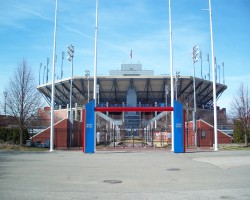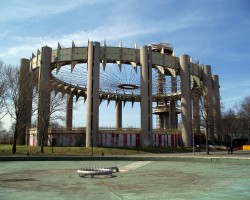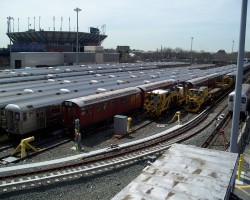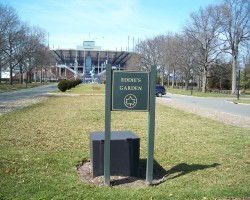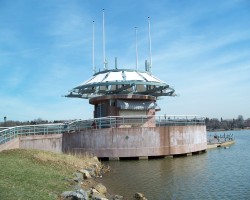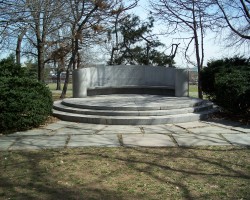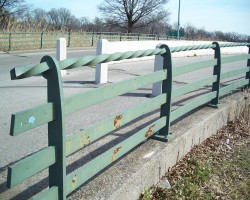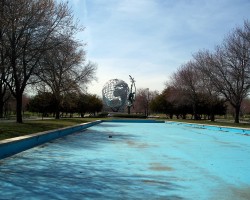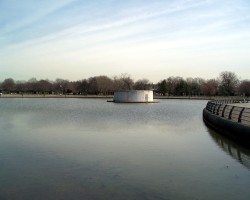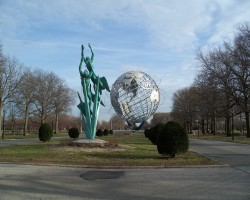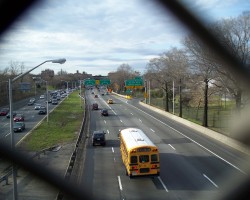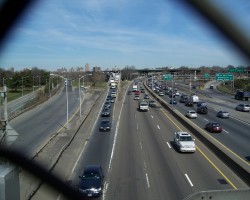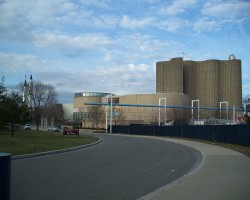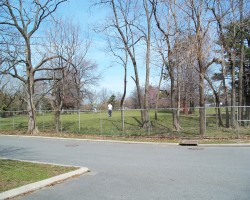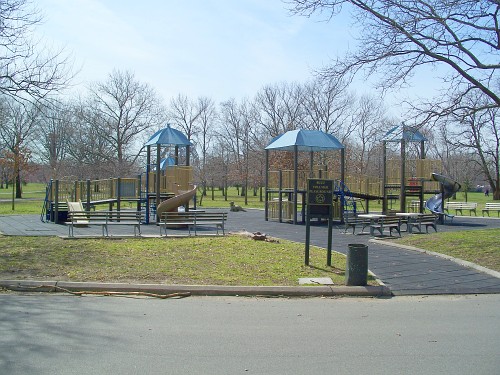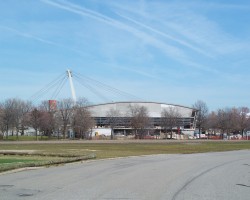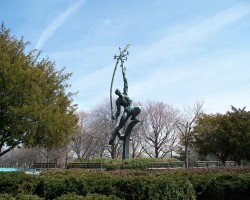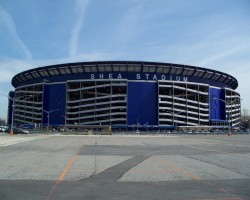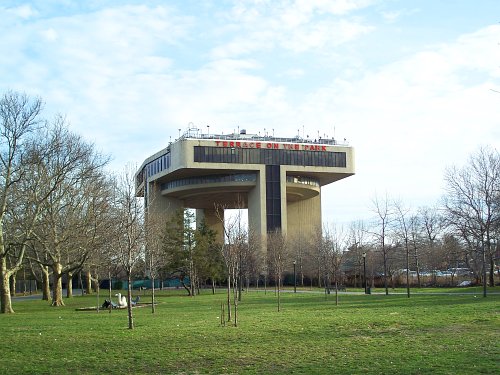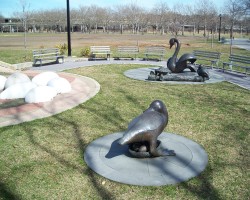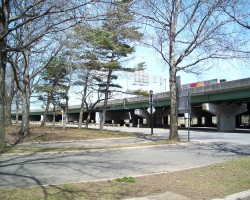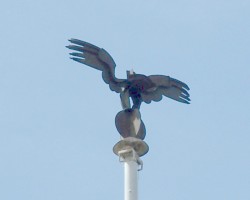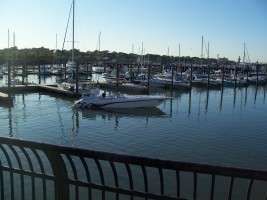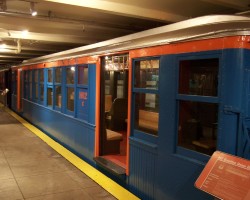Flushing Meadows Corona Park
Flushing Meadows / Corona Park is a 1,255 acre public park in Northern Queens in New York City.
The town of Vlissingen was first settled by the Dutch in 1645 under a charter of the Dutch West India Company and was named after a the company's home port in the Netherlands. The name Vlissingen supposedly means "salt meadow" and may have been a reference to the tidal flows of the meadow surrounding the Flushing River. The word Flushing was apparently a corruption of the name Vlinningen by the British settlers who inhabited the area and ultimately came to dominate it. (reference)
In the late 19th and early 20th century, this swampy site was a massive ash dump. Parks Commissioner and infrastructure czar Robert Moses led a project to reclaim the land as the site for the 1939/1940 World's Fair. Moses' plan was to use profits from the fair to convert the land into a public park after the closing of the fair, but the fair ended up losing money and the site was left to decay. Moses tried again at the end of his career with the 1964 World's Fair and although that venture also lost money, contracts with the participants mandated demolition of most buildings (which were intentionally not built to code) after the close of the fair. By 1967, Moses' vision for the park was finally realized.
While the park is a valuable recreational resource for the area residents, it pales in comparison to New York's other great urban parks as a thoroughly unsatisfying example of post-war urban design:
- Unlike Central Park and Prospect Park, which were designed in the 19th century and incorporated hills, lakes and other topological features, the land Flushing Meadows park was built on was largely flat, barren and uninteresting. As with so many other Moses projects, it looks really interesting from an aerial perspective, but at a human level it is sorely lacking.
- The park is the embodiment of mid-20th century modernism in it's almost complete orientation toward function over style. The few artistic elements in the park (including the Unisphere and numerous sculptures) only accentuate the barrenness of the overall design.
- Unlike ponds or lakes that are featured in other older parks, fountains are a central component of the FMCP design. While they are pretty when they are active, fountains require extensive maintenance and energy to run, and the underfunded Parks Department has rarely been up to the task.
- In keeping with the automobile-centric ethos of Moses' time, the park is too large to be pedestrian friendly and is designed to be a driving destination. Because of its size and location (bounded by major expressways), the park is somewhat isolated from surrounding residential neighborhoods and not as useful to adjacent communities as one might hope.
After being greeted at the Passarelle entrance by Andy Warhol's mosaic of Moses and looking over the winter-bare ballparks, empty fountains and crumbling relics of the 1964 fair, my mind kept going back to Percy Bysshe Shelley's 1817 poem Ozymandius:
I met a traveller from an antique land,
Who said--"Two vast and trunkless legs of stone
Stand in the desert . . . . Near them, on the sand,
Half sunk a shattered visage lies, whose frown,
And wrinkled lip, and sneer of cold command,
Tell that its sculptor well those passions read
Which yet survive, stamped on these lifeless things,
The hand that mocked them, the heart that fed;
And on the pedestal, these words appear:
My name is Ozymandius, King of Kings,
Look on my Works, ye Mighty, and despair!
Nothing beside remains. Round the decay
Of that colossal Wreck, boundless and bare
The lone and level sands stretch far away.
Links:
- NYC Parks Department FMCP Site
- Information and photos from the 1939 World's Fair
- Information and photos from the 1964 World's Fair
- Modern-Ruins.com features a number of personal photos from the fair and photos of the park during some of its darker post-fair days.
- PDF map of the park
